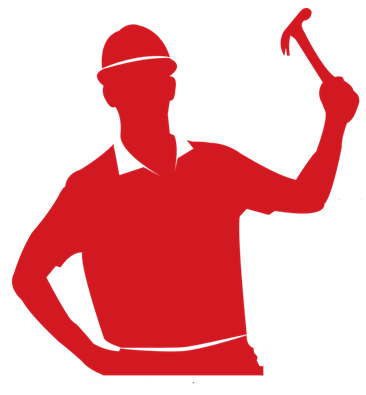Few things disrupt your home life as much as a broken sewer line. It’s more than just an inconvenience. Depending on the severity of the damage, a broken sewer line can ruin your yard, cause extensive water damage, and even compromise the foundation of your home.
For years, the only way to fix a busted sewer line was to dig up a significant portion of your yard and replace the pipe manually. This process was expensive, time-consuming, and damaging to your landscaping.
Today, pipe lining and relining services can fix sewer lines with minimal disruption to your yard. If you have a leaking or cracked sewer line, acting quickly is essential. The experienced professionals at All-Plumb-Rooter Plumbing® are ready to help you with pipe relining and pipe lining services when you need them.
What is Pipe Lining and Relining?
Pipe lining, also known as pipe relining, is a sewer line repair technique that involves inserting an epoxy lining into your damaged sewer pipe to seal any cracks and create a smooth, undamaged pipe interior.
Prior to the pipe relining process, a plumber investigates the sewer line with a camera and clears out any obstructions via sewer jetting. Once the pipe is clear, the epoxy pipe lining is inserted into the sewer line and inflated to fit the size of the pipe. After inflating the lining, the plumber cures the pipe inside of the existing sewer line.
Compared to traditional methods of sewer line repair and replacement, pipe lining is less invasive, faster, and more affordable. The process is even environmentally friendly as it eliminates the need to produce new pipes and dispose of old pipes.
When Do I Need Pipe Lining or Relining?
You need pipe relining when your existing sewer line has cracks, punctures, or other smaller breaks. Pipe relining may not be the best option if your pipe is severely damaged, as the epoxy lining requires a mostly intact pipe in order to form the right shape.
While the primary use for pipe lining is to repair damaged pieces of sewer line, it can be used to improve water flow in an undamaged pipe. The inflation process can widen the sewer line to increase overall movement, and the smoother epoxy also helps improve flow.
If you have a damaged sewer line or require a higher flow rate, then pipe lining and relining can solve your problems.
Pipe Lining and Relining FAQs
What is pipe lining?
Pipe lining is the process of inserting flexible a length of epoxy pipe lining into an existing sewer line. The lining is then inflated to fit the shape and size of the existing line. Once inflated, the lining is cured into place. This process seals cracks and prevents leaks without damaging your yard or requiring heavy construction equipment.
What material is used for pipe relining?
Typically, uncured epoxy is used for pipe relining. A plumber inserts this epoxy line into the pipe and inflates it like a balloon until it fits the pipe interior. The plumber then uses a special tool to cure the pipe in place, essentially creating a new pipe within the existing pipe.
Is relining a sewer pipe worth it?
Relining a sewer pipe is a great option if you have any damage to your sewer line. Pipe relining is minimally invasive, fast, and cost-effective compared to sewer line replacement. It requires no heavy machinery, no trench digging, and no new piping. If you have a damaged sewer line that can be repaired with new pipe lining, it is generally the fastest, most convenient, and most affordable option.
Call All-Plumb-Rooter for Pipe Lining and Relining Services
A damaged sewer line is no one’s idea of a good time, but pipe relining can turn this massive headache into a minor inconvenience. If you have a damaged sewer line, the professionals at All-Plumb-Rooter Plumbing can help you with fast and affordable pipe relining services.
Call us or click here to find a location near you!
 Click to call
Click to call



